High & Dry: Images of the Himalayas and the Tibetan Plateau
The Rocks of Tibet
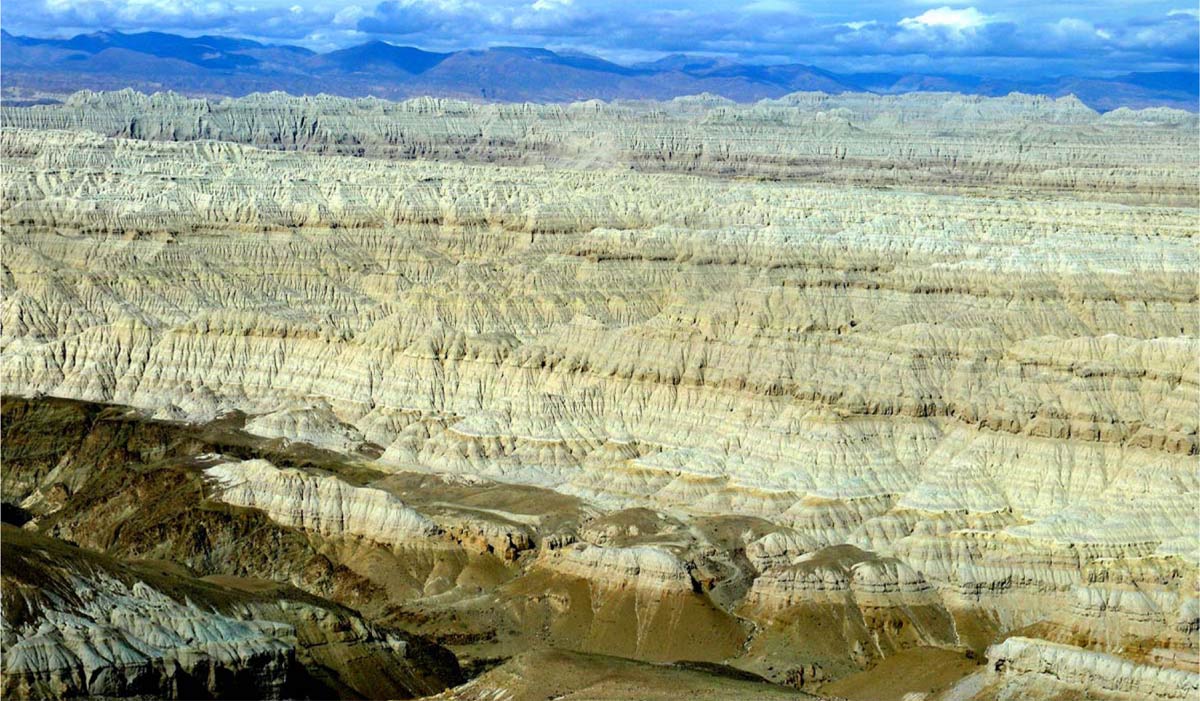
About 1 million years ago, an ancient woolly rhinoceros roamed what is now the Zanda Basin (shown here) in the foothills of the Himalayas in southwestern Tibet. The previously unknown species was equipped with a "snow shovel" on its head, suggesting giants like this were already adapted for the cold, icy climate of the Himalayas before the Ice Age, scientists announced this week in the journal Science.
The authors also discovered fossils from other cold-adapted giants in the Basin, including a snow leopard, blue sheep and Tibetan antelope. The findings suggest the Tibetan Plateau was a cold cradle for the evolution of Ice Age beasts, such as the woolly mammoth. [Read full story]
Heavy Weights in Thin Air
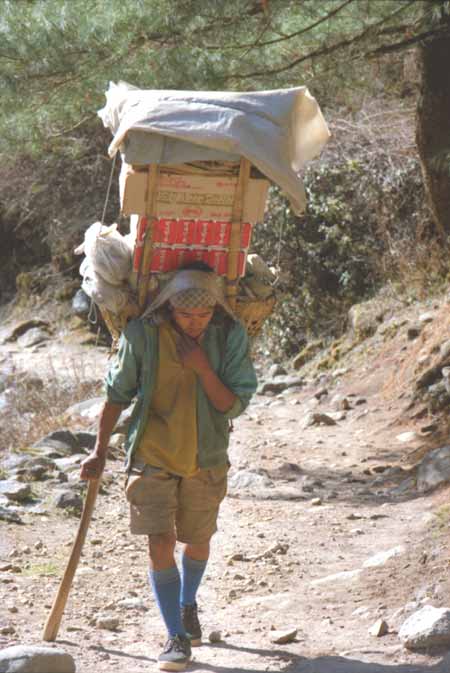
A heavily loaded Nepalese porter on the route between the Kathmandu valley and Namche Bazaar in the Mt. Everest valley. The head strap (namlo), load basket (doko) and T-stick (tokma) for supporting the load during frequent rest periods are shown. The Nepalese porters can carry loads of 20% of their body weight for 'free', that is, for no increase in their metabolic rate over their unloaded rate at the same walking speed.
Karakoram
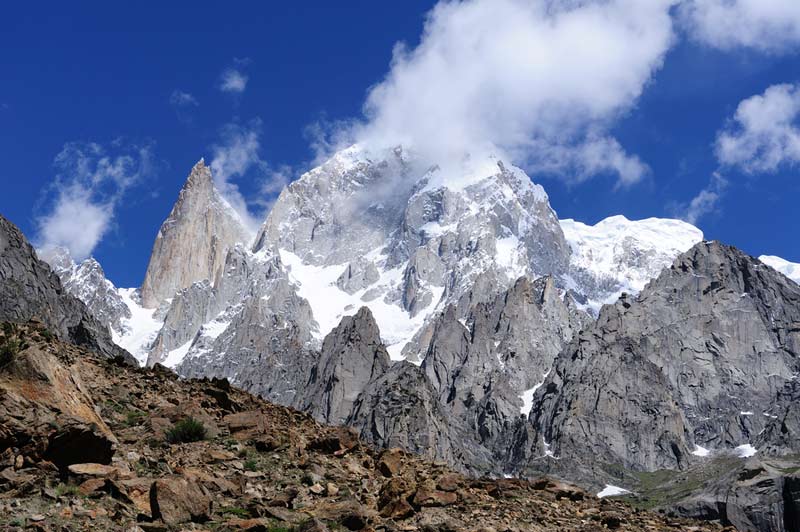
Unlike the rest of the Himalayas, which are losing mass, the Karakoram glaciers seem to be holding steady or even gaining ice, finds a new study. (Shown here, the Karakoram's Hunza and Lady Finger peaks.)
Nuclear Fallout Layer Missing in Himalayan Glacier
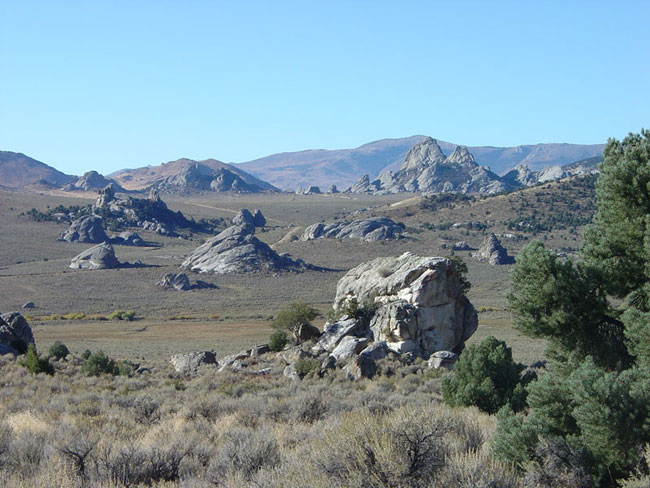
city of rocks.
Climate Controls Mountain Heights, New Study Shows
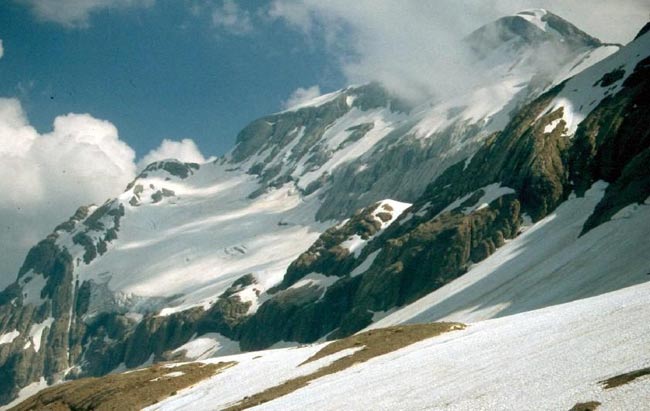
Glacier of Monte Perdido, Pyrenees.
Depth of Himalayan Mountain Roots Revealed
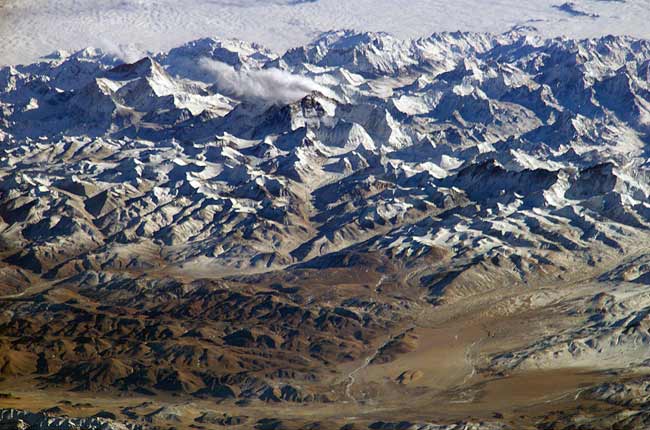
Mount Everest in the Himalayas.
Get the world’s most fascinating discoveries delivered straight to your inbox.
Black Soot Might Be Main Culprit of Melting Himalayas
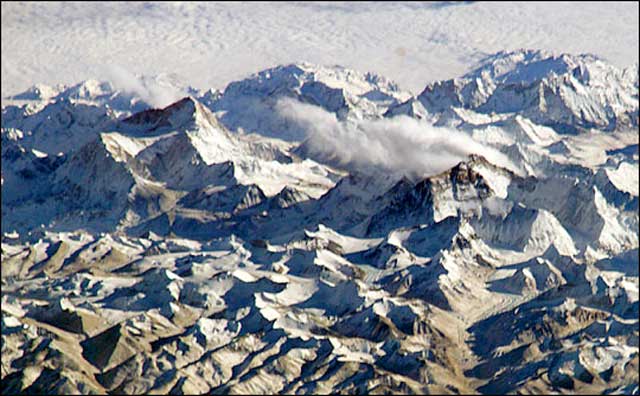
Himalayan glaciers, as seen in this image taken by an astronaut on the International Space Station, help replenish many of Asia’s most important rivers.
Kunlun Mountains

Kunlun Mountains at the northern edge of the Tibetan Plateau. These mountains formed soon after India collided with Asia 50 million years ago despite the fact that the collision was far to the south at this time.
The Himalayas
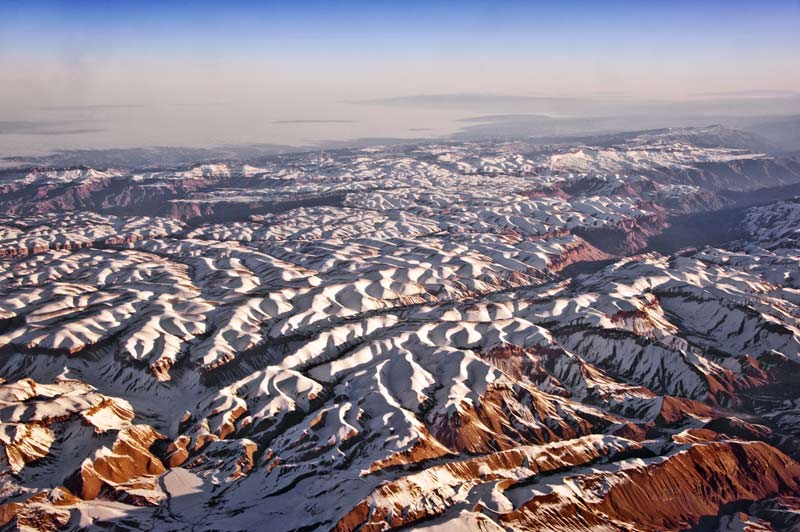
The lofty Himalayas, which stretch some 1,800 miles (2,900 km) along the border between India and Tibet, began to form between 40 million and 50 million years ago, when two large landmasses, India and Eurasia collided. Since the two plates had about the same density, the only way they could relieve the pressure from the crash was to thrust skyward, forming the jagged Himalayan peaks.
Beall-Goldstein Beall on horse with Tibetan women
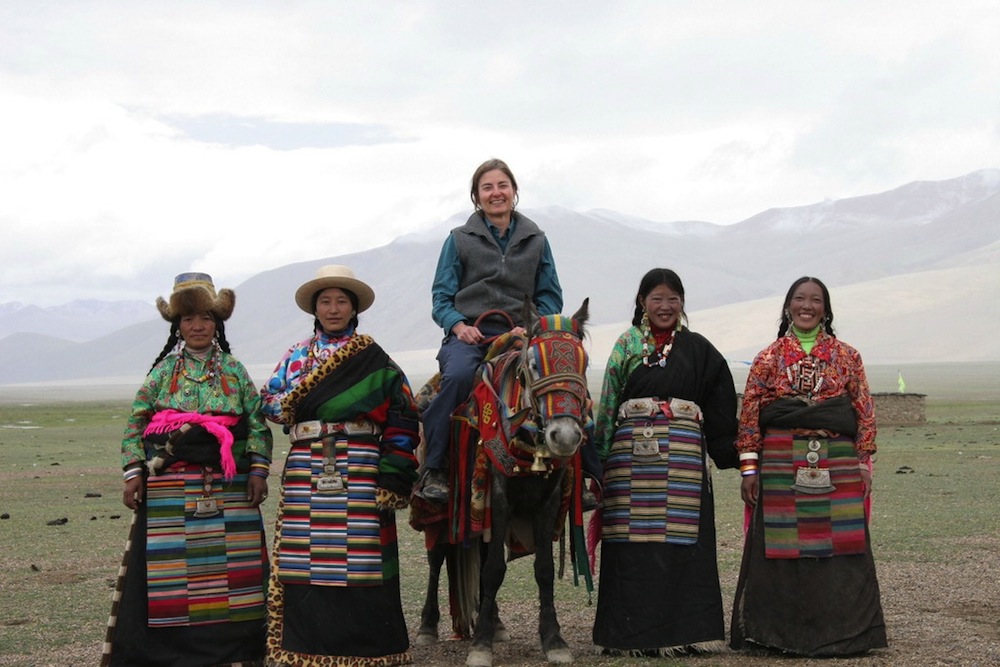
Cynthia Beall has known these Tibetan nomad women for more than 20 years. She has been returning to their camp to study how Tibetan nomads survive in their harsh, high-altitude environment.
Jennifer Welsh is a Connecticut-based science writer and editor and a regular contributor to Live Science. She also has several years of bench work in cancer research and anti-viral drug discovery under her belt. She has previously written for Science News, VerywellHealth, The Scientist, Discover Magazine, WIRED Science, and Business Insider.



